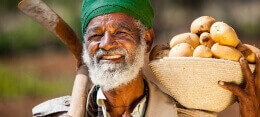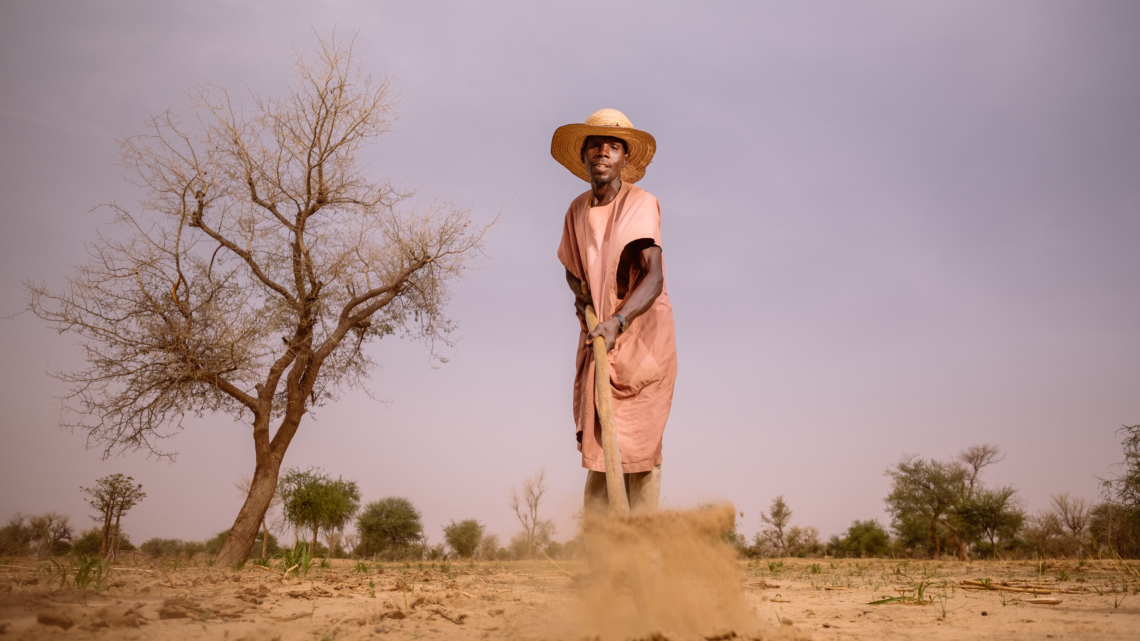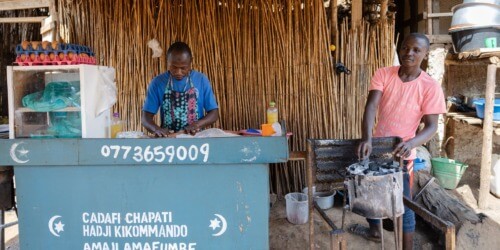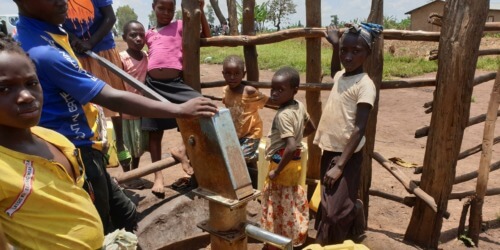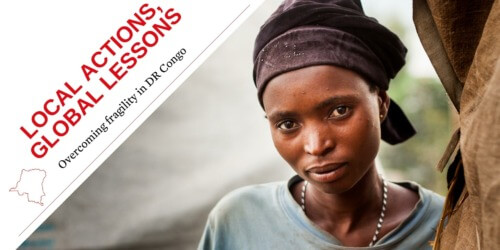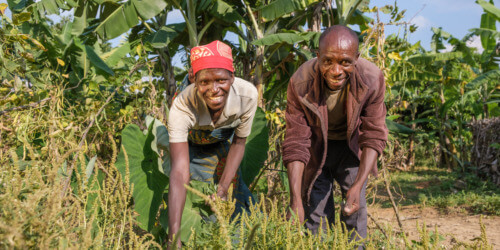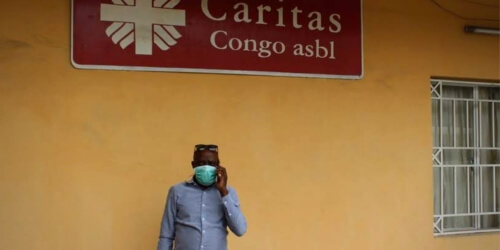One fourth of the inhabitants in the Sahel lives in food insecurity. This is more than 26 million people. Many farmers can’t manage with the food they produce, let alone they have enough left to sell and earn a decent income. Apart from chronic food crises and poverty, the region is also being plagued by climate change. “We need to adapt to this reality,” Nicolas Lieutenant, responsible for Caritas’ projects in Niger, says, “and our local partners are convinced that agroecology is the best way to do this.”
PROTECT CROPS WITH LOCAL, NATURAL PRODUCTS
Agroecology uses as much as possible from nature itself and as little as possible from external sources. No fertilizer or pesticides, but natural alternatives. “To treat crops with chemical products is not only expensive, but also unhealthy”, Nicolas explains. “With a mix of peppers, tobacco, soap and neem[1] – all easy to find products in the area – you can make a preventive insect repellent for example. The tobacco and peppers sting insects and scare them away, the soap ensures good coverage over the plant.”
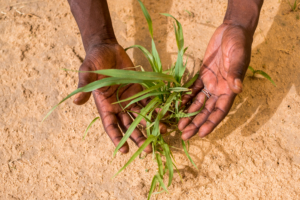
© Isabel Corthier
“The project focusses on vegetable cultivation,” Nicolas says. “It creates a good addition to the cereals, which are dependent on rain and thus grow during the wet season. You can grow vegetables on a different moment as well, because you water them yourself through irrigation for example, so you are not dependent on the rain. In the project we plant vegetables after cereals. That way you get a better diversification of food. Because in vegetables and fruit there are more vitamins and minerals than in cereals. Furthermore, it reduces seasonal migration.”
>> ALSO READ: Circular migration and food security in Niger
CLIMATE CHANGE IN THE SAHEL
“If we manage to limit global warming to an average of 2°C, it means that the Sahel will get hotter by three degrees. Because after all, we are talking about an average. In some places global warming is more moderate than in other places, such as the Sahel,” Nicolas says. “Water will evaporate more quickly at a temperature rise of 3°C, which means that we need to manage this water better by planting trees for example, their roots will hold the water in place so that it remains available in the ground for other plants and crops. That way you create a larger resistance to drought.”
“It is also important to plant different crops. Agroecology means diversity on the field as well. In a monoculture, everything depends on one crop. We spread the risk. That way you will be hit less hard by climate change that is getting more risky every time”, Nicolas says.
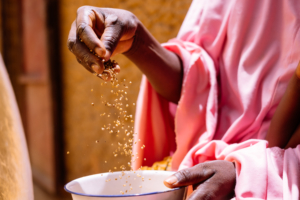
© Isabel Corthier
>> ALSO READ: The importance of drinking water around the world
SPECIES DISAPPEAR
In industrial farming, a monoculture is often encouraged. Large fields of corn, cotton or rice ignore local knowledge and practices, that are based on the diversity of crops. Furthermore, we become more and more dependent on a small number of species to feed us. A report of the FAO[2] concludes that the decreasing biodiversity is a serious threat to our food supply.
Diversification is therefore essential for sustainable farming. Whether it is about crop alternation, the combination of agriculture and livestock farming or agriculture and forestry, these practices are based on the positive effects of biodiversity and the complementarity of crops.
EXCHANGE OF EXPERIENCES
Farmers’ autonomy is an important aspect of agroecology. That way they are no longer dependent on hybrid seeds[3]: “Because of the genetic selection of these hybrids, their offspring cannot be replanted. This forces farmers to buy new seeds every year, which makes them dependent on external suppliers and can put them in debt,” Nicolas says. “On the other hand it requires technique and care to produce seeds yourself. Agroecology requires more work.”
Agroecology has a great number of benefits, but it still needs more research, capacity building and innovation. Furthermore, there are simple techniques that are known in one place, but not in the other. “That is why it is important to frequently exchange experiences and good practices with other farmers,” Nicolas concludes. “There already exists an agroecology network. With this project, we want to participate and enhance it even more.”
